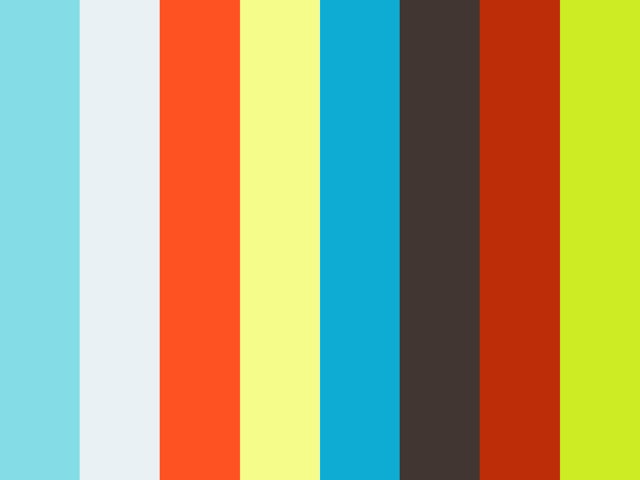Mathematical and Computational Thinking with Smartphones: Analog vs. Digital
- Rebecca Vieyra
- May 14, 2017
- 4 min read
Mathematical and Computational Thinking in Science
Mathematical and computational thinking has recently received a significant amount of attention in educational technology and educational policy at the state and federal level. If you teach computer science, you might even be aware of the newly developed K-12 Computer Science Framework. If you teach natural science, you are probably even more likely to be familiar with the K-12 Framework for Science Education and the derived performance expectations of the Next Generation Science Standards. Although there is a much greater emphasis on the integration of engineering rather than computer science into the NGSS, it does give a nod to the importance of computational thinking in the sciences in Science and Engineering Practice #5:
Although there are differences in how mathematics and computational thinking are applied in science and in engineering, mathematics often brings these two fields together by enabling engineers to apply the mathematical form of scientific theories and by enabling scientists to use powerful information technologies designed by engineers. Both kinds of professionals can thereby accomplish investigations and analyses and build complex models, which might otherwise be out of the question. (NRC Framework, 2012, p. 65)
Analog and Digital Information Transfer in Physics: UPC Codes
One example of the integration of computing and math into science is in developing binary representations for messages, communicated by changes in light (or, in essence, in voltage by a photovoltaic cell).

There are a number of performance expectations that actually have a very deep connection to computer science concepts and practices -- so much so, that many teachers of core natural sciences are likely to feel underprepared in certain areas, not for lack of ability, but because some of these topics are so new and often beyond the realm of the traditional science curriculum.
Take, for example, this performance expectation from HS-PS4-2: Evaluate questions about the advantages of using a digital transmission and storage of information. This performance expectation, and many like it, make up a bulk of standards associated with waves (what most physics teachers would likely have expected to include mostly mechanical sound waves, electromagnetic waves, and geometric optics).
Given that there are so few resources to support physics teachers in helping students to achieve the performance expectation like the one listed above, I went back through my teaching portfolio to see what I could find. In the summer of 2008, I attended a workshop given by master teacher Mark Davids in Troy, Michigan, to learn about Teaching the Fundamentals of Cell Phones and Wireless Communication. The workshop entailed understanding how cell phone networks worked (and why they are "cell" phones after all!) We spent a full week learning about the geometry of cellular networks and radio signal transmission. This included transmitting our voices via multiple modes, using easily-acquired stereo speakers and amplifiers to transmit our voices along wire. We then progressed up to the transmission of sound to an electrical signal to a modulated LED (or LASER), then transmitted back into an electrical signal by sending the light wave to a photovoltaic cell attached to an amplifier and speaker. Along the way, we learned about how changes in voltage observed by the photovoltaic cell (and visualized using LoggerPro), could be interpreted manually as sound or as a message. This required us to compare the benefits and disadvantages to interpreting data as analog or digital, and even allowed us to do some manual encryption.
For one of the activities, we used a slice of an overhead projector laminate, and used thin strips of masking tape to create opaque "bars" to construct a bar code. By sliding the bar code across a photovoltaic cell attached to a Logger Pro voltmeter interface, we were able to produce a graph of changing voltage (caused by changes in light intensity hitting the cell) and to interpret it.

The setup for the above activity was hefty, however: (1) computer, (2) Logger Pro, (3) interface, (4) voltage probes, (5) photovoltaic cell, and (6) barcode. Fortunately, a smartphone can visualize similar data, albeit as a measure of light intensity, and take the role of items (1) - (5) at no cost at all. For my barcode, I didn't have access to an overhead projector laminate, so I simple took a piece of plastic packing tape and folded it on top of itself to get a strip of plastic with the sticky sides touch each other. I used black electrical tape to create my bars.
Such activities within science do require significant context. Mark Davids' workshop came with a significant amount of supports -- drop me a personal note at rebecca.elizabeth.vieyra@gmail.com if you'd like to know more about his workshop, and to learn more about the resources available.
More Resources for Learning about Digital Information

To provide greater context to thinking about bar codes, the American Association of Physics Teachers provides their members with access to a UPC Science Digi Kit, that includes a lesson plan inspired by the article published in The Physics Teacher, The Real Prize Inside: Learning about Science and Spectra from Cereal Boxes, in addition to multiple other digital resources (videos, simulations, background) that support the concepts presented in the lesson.
While not always contextualized within science, there are a number of other great resources available online for learning about binary and its role in computational thinking or computer science. Check out the video below for a very comprehensive and high quality production explaining the fundamentals of binary and digital information, and why it is so necessary for computers.
Curious for more? Check out these resources from Science Friday with Ariel Zych's Write Your Name in Binary Code lesson and the associated radio segments, The Ultimate Parallel Processor: Quantum Bits and Is Coding the Language of the Digital Age. CSUnplugged's Binary Numbers also has a number of additional resources worth looking into.


























Comments